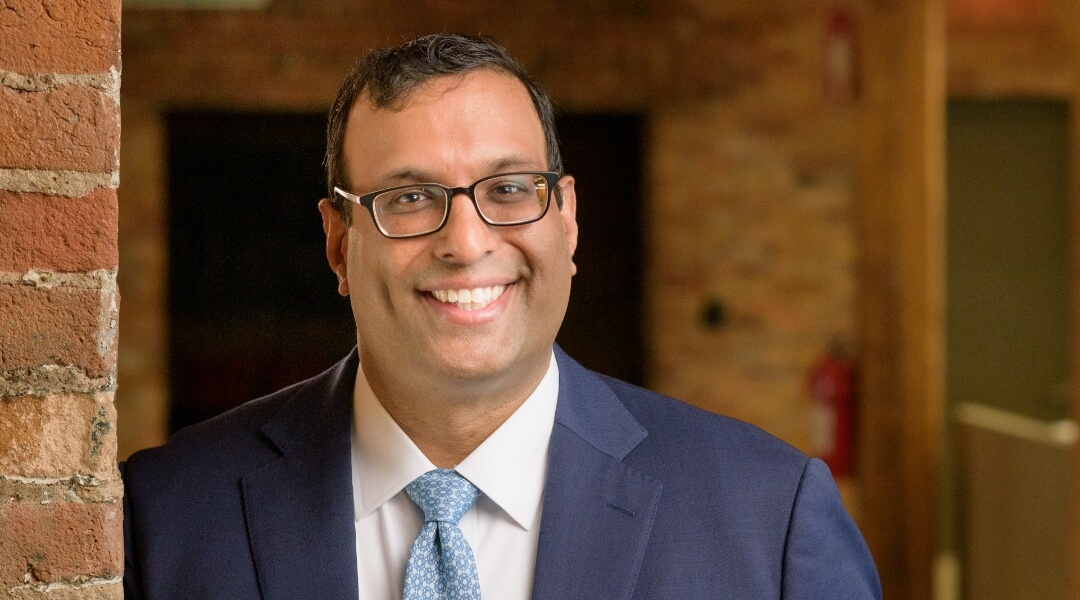Hybrid leadership is not what it used to be.
Way back in the 1970s, the world’s biggest photographic company invented the future, then buried it. Kodak was then a giant, a global megabrand that was the pride of America. Its Japanese rival, Fujifilm, was named after a mountain but was a mere hillock in the shadow of its transpacific opponent.
Kodak engineer Steve Sasson brought his world-changing invention – the self-contained digital camera – to Kodak’s executives as early as 1975. But the firm made most of its income from sales of film. Sasson recalls their reaction to his disruptive innovation: “It was filmless photography,” he told the New York Times. “So, management’s reaction was, ‘that’s cute – but don’t tell anyone about it.’”
The rest is history. Kodak’s raison d’être collapsed with the advent of the digital camera – a device that Kodak had itself pioneered, but deliberately ignored, fearing it would destroy its existing revenues. By the late 1980s, rivals like Fujifilm realized the dream of digital photography themselves. Kodak’s core business was disrupted, then destroyed, when Sasson had given it the opportunity to do likewise to its competitors.
One of the greatest commercial mistakes in US history has lessons for leaders today. Kodak wanted to maximize returns from its current competency at the expense of developing a future capability. By denying its destiny, it came to jeopardize it.
The new hybrid leadership avoids such a fate. It is possible – indeed necessary – to maximize our current skills while building new abilities that ready ourselves for where the world is going. This challenge for leaders – reconciling short-term exploitation with long-term exploration – is the new incarnation of hybrid. Leaders must prepare themselves for the next battle. Shortly before, throughout, and briefly after the pandemic, hybridity focused on location. It was the result of a clash of cultures, each with persuasive arguments: “work isn’t a place you go, it’s a thing you do” vs “innovation comes from those water cooler moments that happen only in the office.” Many companies have brokered a kind of peace: much work can be done, often more productively, at home; but there is value in colocation, too – great ideas often emerge from in-person interaction. Probably, a targeted mix is best, hence hybrid leadership.
But that was then and this is now. The future of work is hybrid, but hybridity is no longer about place. Where once physical and remote were the poles that leaders had to resolve, now the opposites that must be reconciled are core vs edge; short-term vs long-term; exploitation vs exploration. Historically, leaders were measured on two metrics – speed (how fast could you do the task) and horsepower (raw intellect, either technical or formal). These are no longer sufficient. Today’s organizations are assessing leaders on a third scale: that of learning adaptability and agility.
“It is often from the margins and playful spaces that innovative ideas emerge,” says David Gann, pro-vice-chancellor, development and external affairs, at the University of Oxford. “This happened with microwaves, Post-it notes and even Viagra… But it is an organization’s leadership that truly nurtures or stifles innovation – even when it brings new risks.”
Agility means being able to operate ambidextrously and handle those risks. Leaders must ensure that their organizations remain stable: core business provides a baseload revenue to allow innovation at the edge. Yet they must also prevent the demands of the present function from diminishing the exploration of the future. Nobody said the new hybrid leadership would be easy, but it is nevertheless essential. The alternative is denial, disruption and eventual destruction.
Today’s hybrid leaders are untroubled by place. Rather, their dimension is time: learn from the past; maximize the present; explore the future.




